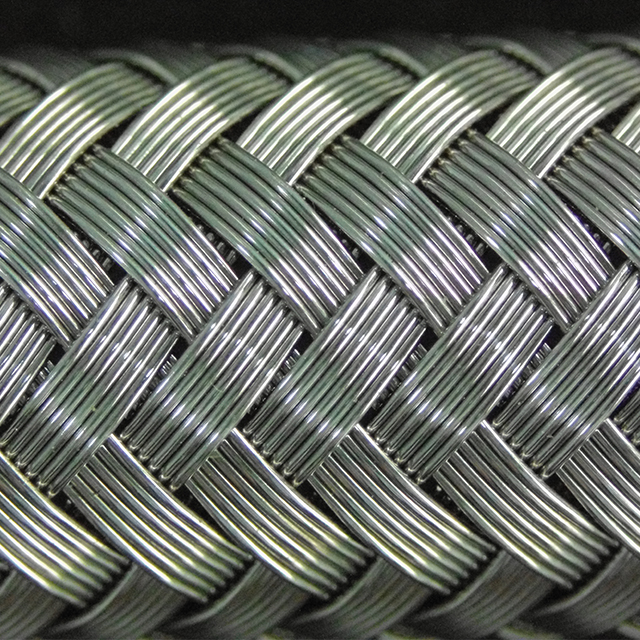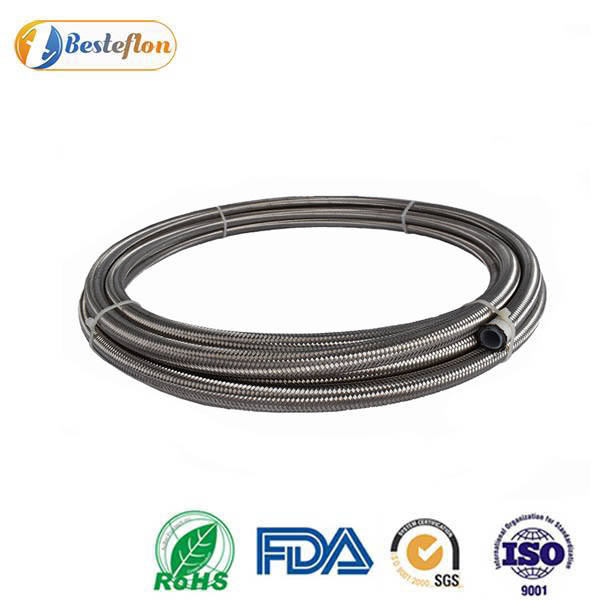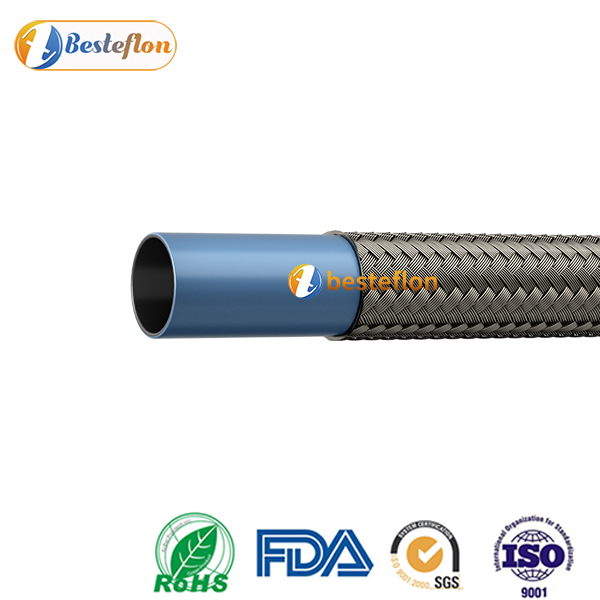There is a use and purpose for everything, and steel hard line and PTFE line hose definitely have theirs place. People started using one thing to replace entire sections of fuel line just because it is convenient to do so.
To use steel hard line, people think it is more reliable, good for use in tight areas. And it can help to save a lot more costs. If one chooses the correct fittings and hard line sizing, the hard line solution will normally outperform the various braided stuff. The braided stuff is nice looking but one cannot tell what is underneath and many people do not choose the best materials for their hoses.

One suggestion about PTFE interior hose is a good one and if used on each end of the hard line it provides a very good solution. The PTFE line is a little more expensive, but it has two advantages: easy to cut and work with.
Due to the engine movement from the hard line to the engine, it requires flexibility on the fuel lines, at this point, to use quality PTFE line would be very good choice. Areas where using "corrosive" chemicals like fuel and oil (especially E85 etc.) you should never use standard -AN line. should always use PTFE -AN line. its not a rubber core like standard lines. its the same chemical makeup as PTFE and MUCH MUCH better for fuel systems. Hard lines i believe are still much more reliable, but the convenience factor is still there.
Run a hard line most of the way, clamped to the outside of the frame. Use a short PTFE carbon lined hose at each end. The carbon lining in the hose prevents static electricity which can degrade the hose.
If you were to run PTFE hose all the way, it's much more expensive. And a hose will almost always be "wavy" unless you use clamps with tight spacing. And even then it's hard to get all the clamps lined up.
If you have any further questions on the PTFE fuel lines, please freely contact us.
Contact Information:
Sales02@zx-ptfe.com
You may also like
Post time: Sep-25-2021


